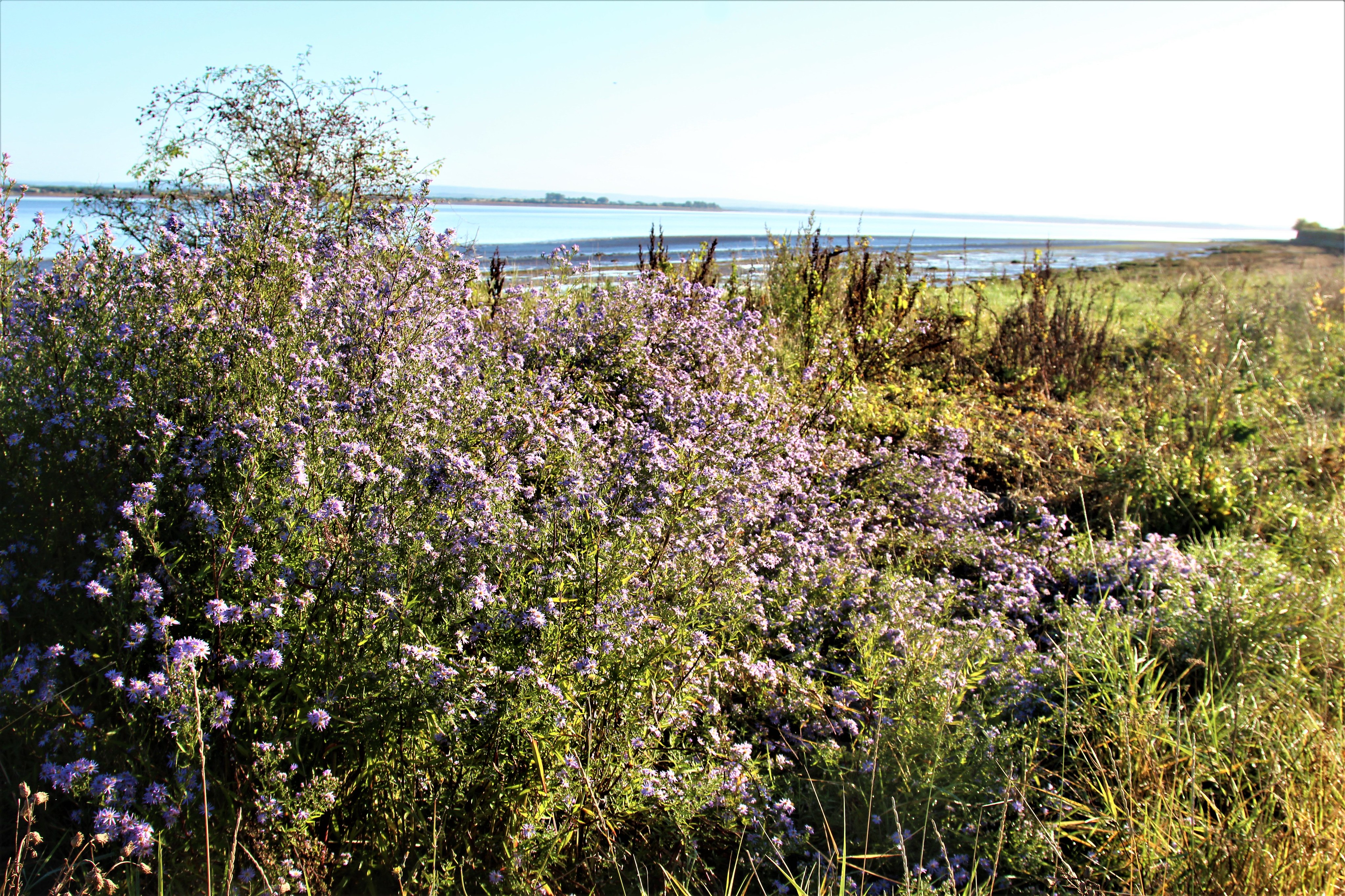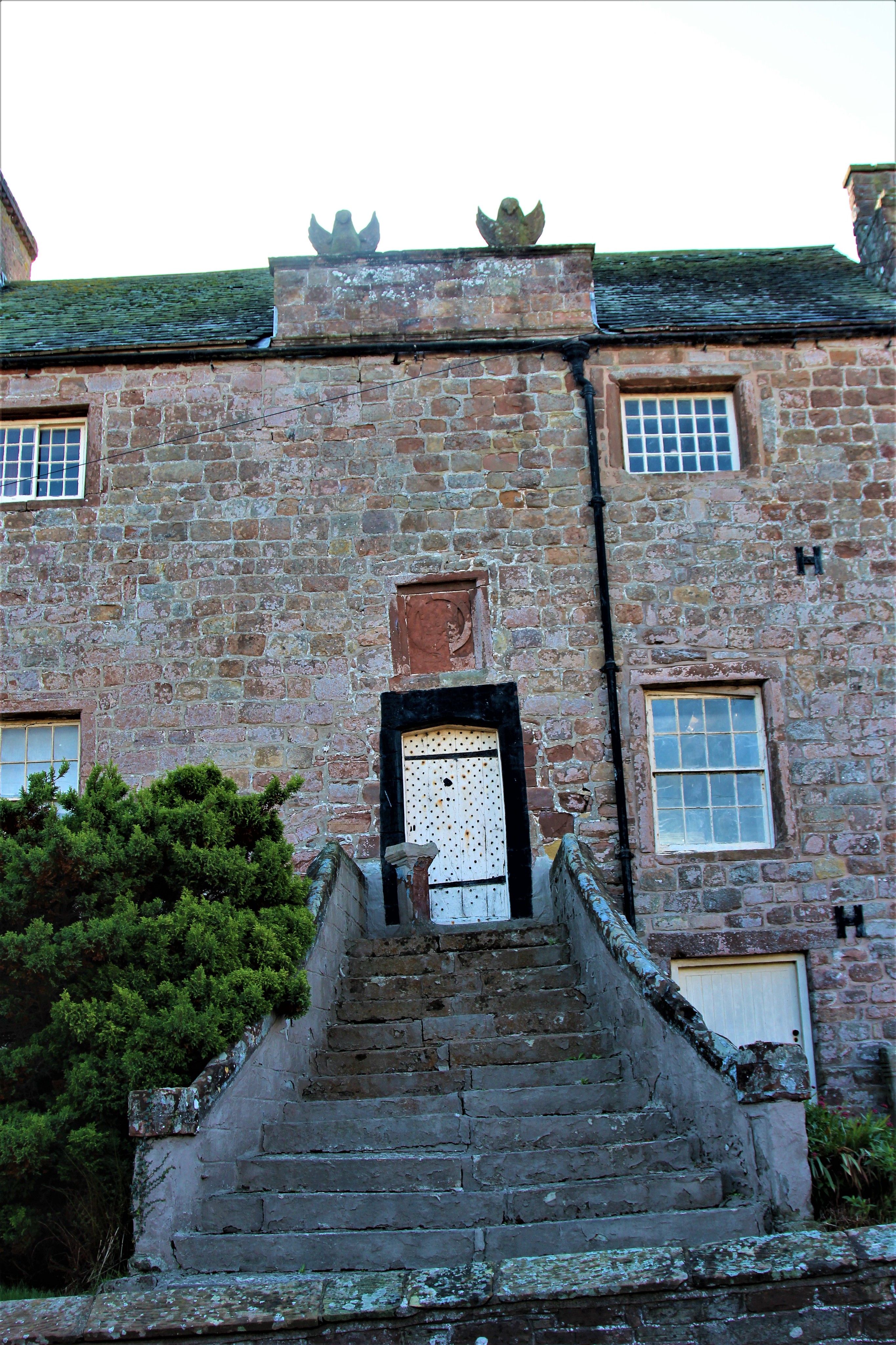Hike Solway Firth, England
 View of Solway Firth from England with Scotland in distance
View of Solway Firth from England with Scotland in distance
Today, was exceptional with key driver being the brilliant sunshine which was better than predicted.
My base was an Inn in Bowness-on-Solway, Cumbria, NW England.
View of Solway Firth looking east from Bowness.Yesterday, my key theme was the Roman period as Bowness occupies the site of a 2nd century AD Roman fort at the western end of Hadrian’s Wall.
On setting out I noticed a replica of a Roman era altar embedded in a wall in Bowness. The original has been transferred to a local museum.
The altar dates from AD 251-3 and is dedicated to Jupiter Optimus Maximus and reads "To Jupiter, Best and Greatest, for the welfare of our Lords Gallus and Vollusianus, both Augusti Sulpicius Secundianus, tribune of the cohort."Today, I hiked 10.6 miles along a route which more-or-less followed the line of Hadrian’s Wall although my emphasis was on pursuing the excellent bird life and landscape photography opportunities around the Solway Firth.
Trail following line of Hadrian's WallI hiked east past Port of Carlisle and Drumburgh and then returned tracking close to the Firth (estuary). On the way I encountered various interesting aspects including:
- Industrial history at Port of Carlisle, now a village but in the 19th century was an active port with links to the rail network and a canal.
View east from Port Carlisle
- Drumburgh, a village based on the site of a Roman fort but perhaps best known for it’s castle which is, essentially, a substantial defended house. The building appears to be constructed of recycled masonry from the Roman fort. It has experienced various iterations, in the 14th, 16th and 17th centuries. I stopped here to talk to a farmhand who was rounding up cattle. He explained that common grazing rights operate for sheep and cattle. Committees manage the grazing rights under strict rules which are set down in history.
Imposing entrance to Drumburgh CastleRounded up cattle from the marshes at Drumburgh
- The salt marshes form an Area of Outstanding Natural Beauty, a legal term which affords protection. The marshes have been created through the deposition of sand, silt and mud through the ebb and flow of the Solway Firth. (‘Firth’ is, actually, a Scottish term meaning bay or estuary.) The marshes are home to a wide range of water birds and are popular with bird watchers.
Overall, an excellent day.













Comments
Post a Comment